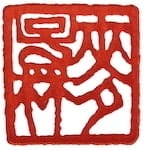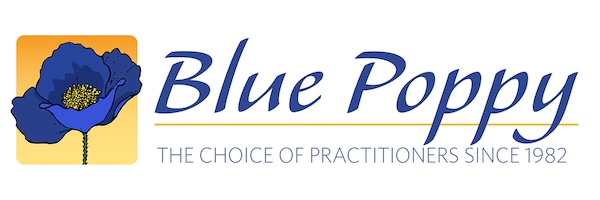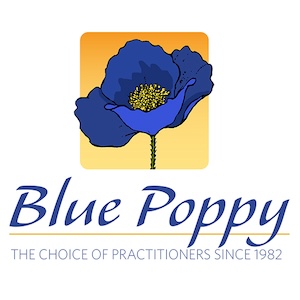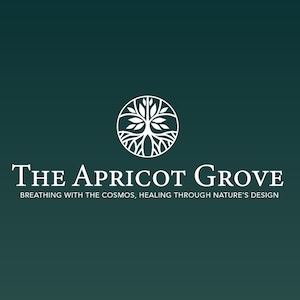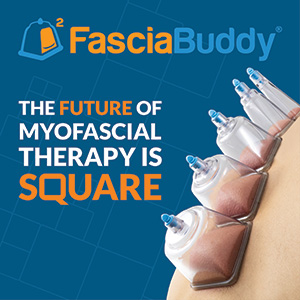Much of our medicine is shrouded in myth, and one of the obscure, but persistent figures is that of Bian Que, the bird-headed healer first associated with the use of stone needles.
In this conversation with Shelley Ochs we discuss her Ph.D dissertation on this mythic character that adorns ancient tombs, and shows upin imagery that suggests a connection between the heavenly and earthly realms. Chinese medicine’s bird-headed healer is not the first or only image of divine presence that is associated with life, healing and death. Other cultures also have this image in their pantheon of healers and gods.
Listen into this discussion of the history and recent academic perspectives of an alternative stream of medicine that intertwined with that of the Nei Jing, but has its own unique roots.
In This Conversation We Discuss:
- From Louisville to Beijing
- Yuan Fen, the meeting of fate, opportunity and a deep sense of “yes”
- A good education will develop your sense of curiosity
- Why investigate Bian Que?
- Methods ascribed to a person are often actually the methods of a clan of practitioners
- Bian Que shows up on tombs and in other imaginary
- An astounding find in Sichuan while digging a subway tunnel
- Old texts usually are compilations of traditional technique
- The lineages of Bian Que and Huang Di are not the same
- Myth, magic and method can be hard to untangle
- What would Bian Que have to say to us today about medicine?
- Why practitioners should care about history
Sometimes patients have paradoxical reactions to herbal formulas, for example, they take a formula to release water and dampness and they retain water and feel very bloated. This seems to be due to an inability to digest the plants in the formula. They may look robust but their digestive system is either weak or very congested, or both. I have them switch to herbs in rice congee or just steeping 2-3 herbs in a pot (dai cha yin) and drinking it several times a day. This can be surprisingly effective.
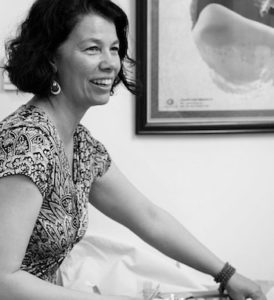 Shelley Ochs, Ph.D.
Shelley Ochs, Ph.D.
My first encounter with Chinese medicine was as a patient in Taizhong, Taiwan back in 1989 when a friend of mine strongly suggested I go to see his Chinese herbalist to help me with the recurring upper respiratory tract infections I was suffering from. The herbs worked like a charm and I was so impressed that I made him my family doctor from then on. That same friend later attended my graduation from ACTCM in San Francisco in 2000.
Before and after graduation, I was very fortunate to be able to work in free or low-cost clinics serving anyone who walked in the door, often including homeless people and those with a dual diagnosis of mental illness and drug addiction. I learned what acupuncture can do when it’s all you have. It was heart-wrenching work at times, but what I learned there about being a doctor is still with me today.
It’s been thirty years since I first began studying Chinese, and it’s led me through literature and politics to medicine, and finally to history and translation studies. My initial motivation was simply a desire to better understand the people who were a part of the dynamic culture and society of Taiwan in the early 90s. Later, as I entered the stream of classical Chinese medicine, I wanted to know how we might participate in a conversation with the recorded tradition that still informs and inspires many of our colleagues and teachers. I hope that my current work will help bring people who do not read Chinese into a more meaningful engagement with this living tradition.
In 2013 I completed a Ph.D. in the History of Chinese Medicine, focusing on what the legend of Bian Que tells us about cosmology and the origins of acupuncture in China. I plan to expand this now that more material has been excavated and write it up in English. More immediately, I am collaborating with others here in Beijing to translate texts that are both clinically and philosophically relevant to practitioners around the world.
Links and Resources:
